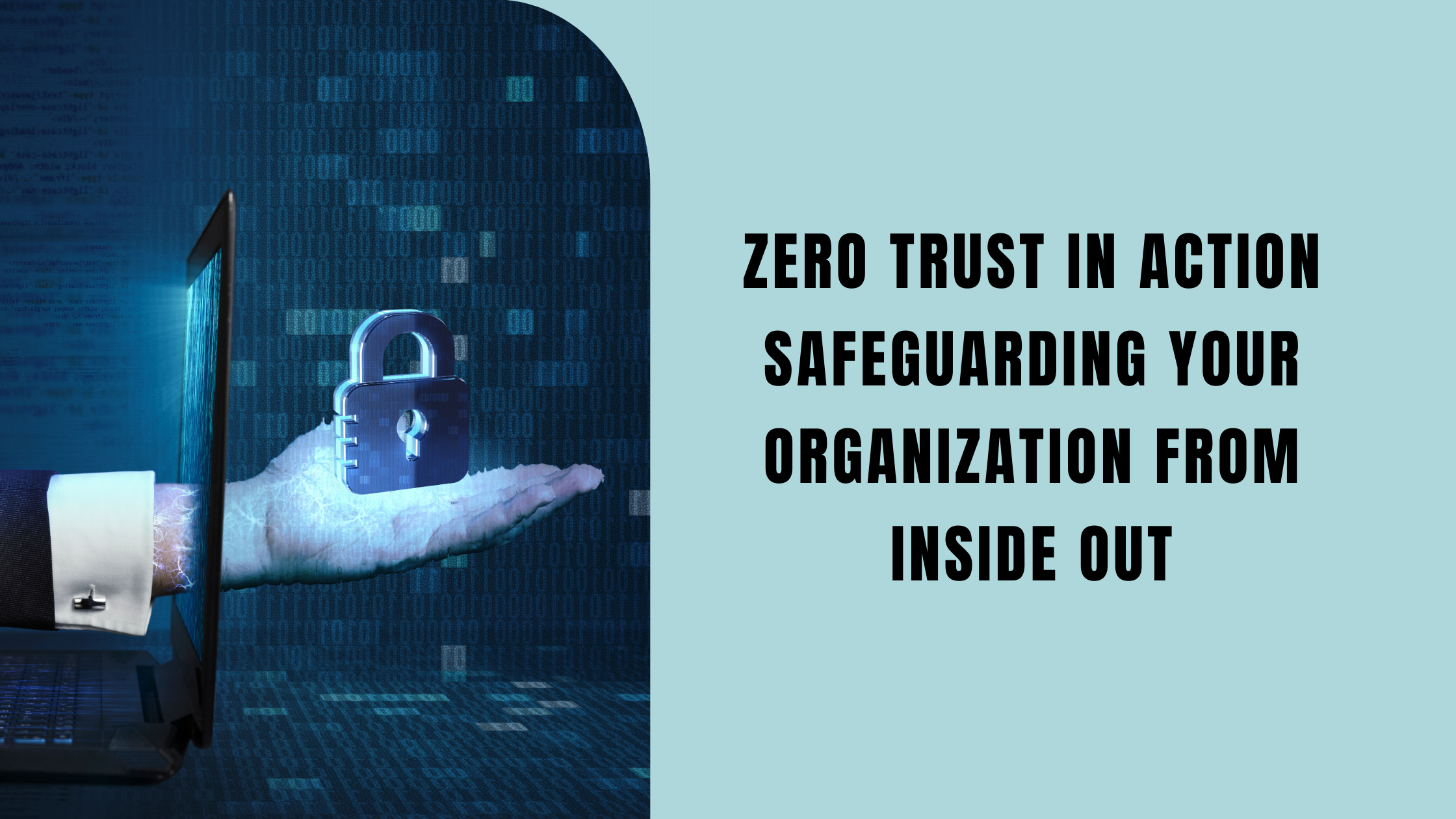
In the rapidly changing world of cybersecurity, where digital threats are ever-present challenges, the Zero Trust framework emerges as a powerful protector. It goes beyond industry jargon and represents a proactive and flexible security strategy that questions traditional assumptions. This article aims to explore the key aspects of Zero Trust, highlighting its departure from typical security methods and how it comprehensively strengthens organizations.
Breaking Down the Core Principles of Zero Trust
Essentially, Zero Trust is a shift in how we think about security – moving away from the idea that everything within the network is inherently safe. Think of it as a vigilant guard carefully examining every user, device, and transaction, regardless of their location or assumed trustworthiness. It's not about blindly trusting; instead, it's about consistently verifying and ensuring security.
Identity Takes the Center Stage
Zero Trust is like a theater, and in this play, identity steals the spotlight. Each user and device is a character, and the plot revolves around rigorous identity verification. It's not just about having a ticket; it's about proving you belong on the stage.
Least Privilege Access
Imagine your organization as a grand library, with different sections and restricted access to rare manuscripts. Zero Trust operates on the principle of least privilege access – users get access only to the specific shelves they need, preventing them from wandering into restricted literary realms.
Micro-Segmentation: Digital Compartments
Now, think of your network as a bustling city. Zero Trust introduces micro-segmentation, creating digital districts with controlled entry points. This way, even if a security breach occurs in one district, the damage is contained, much like a firebreak in a city planning strategy.
Continuous Vigilance
In the world of Zero Trust, there's no room for a digital siesta. Continuous monitoring is the night watchman, tirelessly observing network traffic, user actions, and device behavior. Any irregularity sets off the alarms – an unwavering eye on the digital landscape.
Implementing Zero Trust: A Play in Three Acts
Act I: Rethinking the Security Perimeter
In the traditional security play, a well-defined perimeter was the stage. But in the Zero Trust drama, there's a shift. It's about defining a dynamic security perimeter based on critical assets and data, regardless of their geographical location.
Act II: Architecting the Zero Trust Castle
Imagine your network as a medieval castle, and Zero Trust as the architectural blueprint for impenetrable fortifications. Identity and access management (IAM) becomes the castle gate, encryption the secret passage, and network segmentation the inner keep – all orchestrated to uphold the Zero Trust framework.
Act III: Continuous Monitoring - The Digital Sentinel
Now, envision your organization as a thriving city under the watchful eyes of a sentinel. Deploying multifactor authentication (MFA) becomes the city gates, strict access controls act as the vigilant guards, and network segmentation the city walls. And, of course, there's a team of digital sentinels – network monitoring tools – patrolling the virtual streets for any signs of trouble.
Zero Trust in Real-Life Scenarios
Let's step out of the metaphorical theater and into the real world. Picture a remote employee logging in from a café. In a traditional security play, once inside the corporate network, they might be deemed trustworthy. But with Zero Trust, every login, every access request, is met with scrutiny. Multifactor authentication kicks in – a virtual bouncer ensuring only the authenticated gain entry.
Now, imagine an employee attempting to access sensitive financial data. In the traditional narrative, if they had access privileges, the doors would open wide. However, in the Zero Trust saga, those doors are guarded by strict access controls. The employee's access is limited to what's essential for their role, reducing the risk of data exposure.
In a hypothetical breach scenario, Zero Trust operates like a digital emergency response team. Micro-segmentation kicks into action, isolating the compromised area, while continuous monitoring tools raise the alarm, prompting swift response and remediation.
Educating the Heroes: Your Employees
In the Zero Trust narrative, employees aren't just bystanders; they are the heroes. A security-aware culture becomes the guiding light. Regular training sessions, akin to rehearsals, empower employees to understand the significance of their roles in upholding the Zero Trust principles. They become the vigilant actors in this ongoing cybersecurity drama.
Conclusion: Trust Less, Secure More
As the curtain falls on our exploration of Zero Trust, it's evident that this framework is not just a theoretical concept – it's a living, breathing strategy in action. Safeguarding your organization from the inside out, Zero Trust reshapes the cybersecurity narrative. It's not about locking doors and building walls; it's about dynamic defense, continuous vigilance, and empowering your workforce to be the guardians of your digital realm. In a world where digital threats are the antagonists, Zero Trust emerges as the hero, ensuring that trust is earned, not assumed. In the play of cybersecurity, it's time to trust less and secure more.
Secure your digital future with Bridgesoft – your trusted partner for innovative and reliable software solutions. Experience excellence, elevate efficiency. Explore Bridgesoft today!
